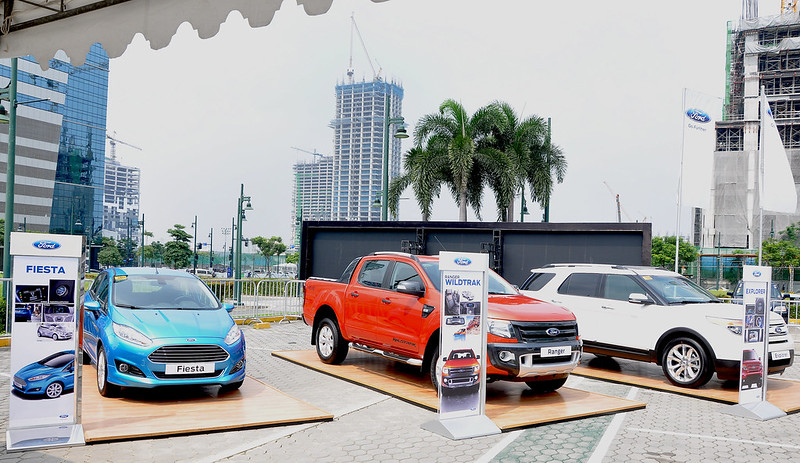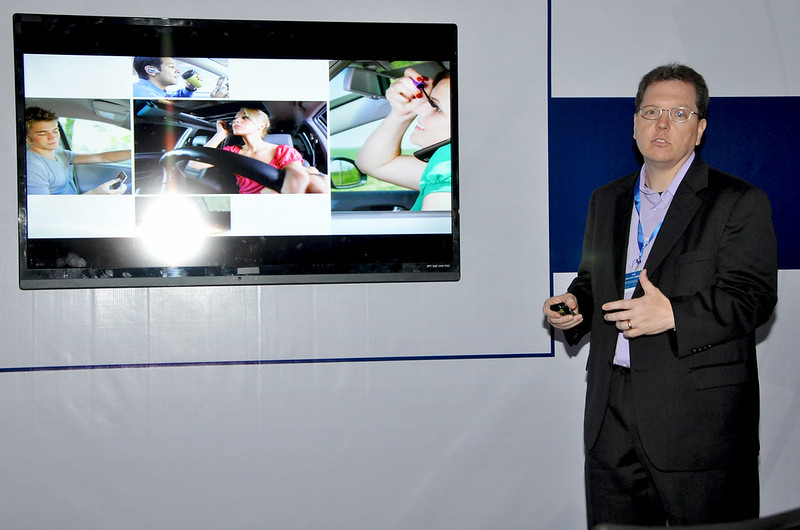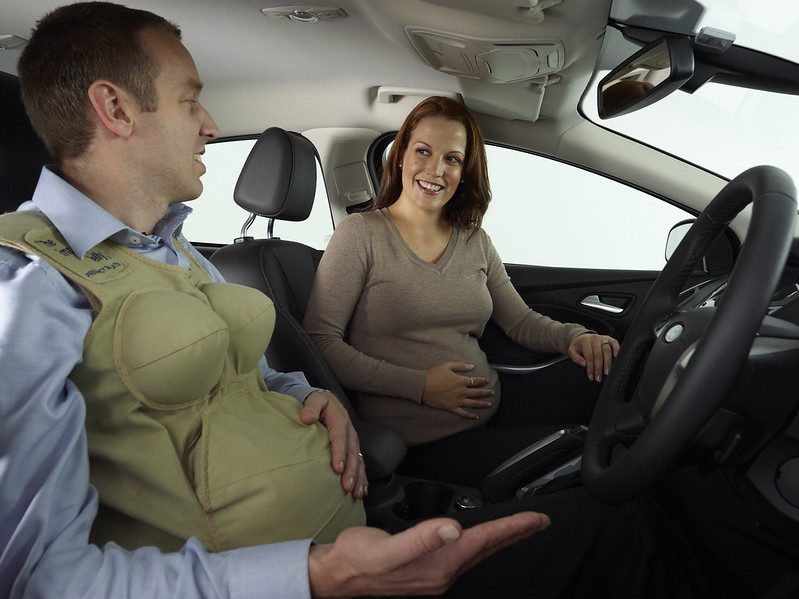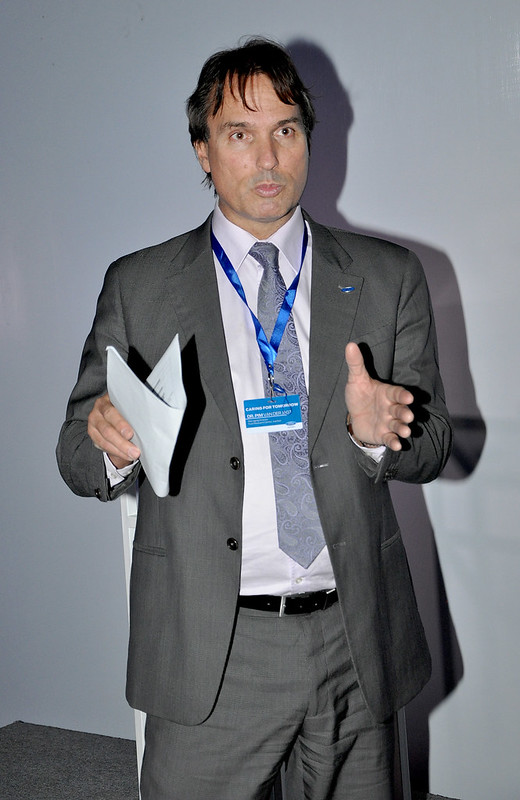Ford
Philippines is launching the “Caring for Tomorrow” campaign to promote greater
safety awareness and to showcase some of Ford’s new safety and driver
assistance technologies which could assist drivers with challenging traffic
conditions.
“Ford
is a pioneer in implementing technologies and we are committed to providing safe
vehicles in the Philippines and around the world,” said Pete Hardigan, director
of Sustainability, Environment & Safety Engineering, Ford Asia Pacific.
“We
are going further to develop innovative safety technologies, and to make them
accessible and affordable,” he added. “Our engineers are putting themselves in
consumers’ shoes and developing features and technologies that make the on-road
experience safer and smarter.”
Experiencing smart and safety innovations
To
kick off the “Caring for Tomorrow” campaign and to offer a sneak peek into the
future of safety, Ford will show how premium advanced features and technologies
can assist drivers with challenging traffic conditions, at Bonifacio Global
City, Manila on October 25 and 26. Through the campaign, Ford will urge consumers
to drive safely for the sake of their loved ones, and consider technologies that
can helpthem do so.
Participants
will learn about Adaptive Cruise Control,
which helps drivers maintain a safe following distance; and Ford SYNC, which
allows drivers to stay connected while keeping their hands on the wheel and eyes
on the road.
Parents
will appreciate the hands-on demonstration of MyKey, an industry-first technology that allows parents to program
a key for younger drivers that limits top speed, reduces maximum radio volume,
disables the radio untilthe seatbelts are fastened, and prevents deactivation
of driver assistance and safety technologies. Apart from providing peace of
mind to parents, MyKey gives younger drivers freedom while encouraging them to
be more responsible and safer drivers behind the wheel.
Stepping
into demonstration vehicles, visitors will try Active City Stop, which is designed to mitigate and, in certain
circumstances, avoid low-speed rear-end collisions with stationary or slower-moving
traffic in front. Newcomers to Active
Park Assist will enjoy the exciting experience of having the car steer
itself into a parallel parking space. The technology is designed to take the
hassle out of parallel parking.
Visitors
will also have the opportunity to try on the innovative tools that help Ford
engineers to understand the needs of customers with specific mobility issues,
including the Empathy Belly, and the
Third Age Suit, which help to
simulate the restricted movement of pregnant women and older people,
respectively.
At
the conclusion of the tour, all participants will be invited to make a safety
pledge, recognizing their individual responsibility to keep roads safe.
“Road
safety relies on good driver habits in addition to safe vehicles,” said Hart.
“With the safety pledge, and by emphasizing safety through our various programs
including Driving Skills for Life, we’re working hard to make the roads safer
for all Filipinos.”
The future of safety
“Even
before demand exists, Ford engineers are brainstorming ideas for safety technologies
that we won’t see deployed for another 10, 15, 20 years,” said Pim van der
Jagt, managing director of the European Ford Research Center and executive
technical leader, Global Vehicle Dynamics, Driver Assistance and Active Safety
Systems. “We are developing the safety and smart innovations of tomorrow and
making them accessible to our customers. We are not just making smarter and safer
vehicles, but also contributing to a better future.”
One
visionthat Ford is helping to make a reality is vehicle-to-vehicle (V2V) and
vehicle-to-infrastructure (V2I) communication.
“In
the coming years, we may see more services based on two-way V2V communication
systems, allowing cars to communicate with each other about driving and traffic
conditions, even when they are out of sight of each other,” said van der Jagt.
“In the longer term, we hope to see widespread use of V2I systems, allowing
cars to talk to infrastructure and traffic management systems. The result could
besafer roads, improved mobility, reduced emissions and fuel consumption.”
“Ford
Motor Company has a history of pioneering technology,” added van der Jagt. “From
the introduction of the moving assembly line 100 years ago to the advanced
safety and convenience features we offer today, to the technologies we are
developing for the drivers of tomorrow, we are continuing to define the future
of mobility.”





No comments:
Post a Comment